Zero-day exploits and vulnerabilities are attacks on computers and networks that happen the same day (day zero) as the vendor becomes aware of the security issue.
The latest zero-day attack to hit the news is an Adobe Flash vulnerability (2/1/18). The exploit appears to be distributed through a Microsoft Excel document, with the malicious Flash object embedded. When a user receives and opens the malicious file, a remote access tool is unknowingly installed. The attacker now has remote access to your infected machine.
Adobe is planning to release a patch the week of February 5.
In previous years, Adobe Flash was caught in several zero-day attacks. IT resources, such as websites, are relying on Flash technologies less through coding with HTML 5. Many IT experts encourage users to uninstall Adobe Flash. Google Chrome provides a customized, embedded version of Flash that is thought to be safe than a stand-alone install.
What should you do if you have Adobe Flash?
Consider whether you actually need or use this product. Run Adobe Flash updates when they are available (taking care to make sure that it is actually Adobe Flash notifying you of an update, and not a malicious browser message)
Think before clicking!
When you receive emails, check for attachments. Make sure that the attachment makes sense before you consider opening. Were you expecting an Excel file, Zip file, etc.? Is this attachment something you were expecting from this contact?
Protect Your Machine and Network:
Use an antivirus software on your machine, and consider a firewall on your office network connection. Firewalls work to collect the signatures of malware, viruses and threats, and then block the threat from your network when the signature is presented. SonicWall firewalls release these updates to SonicWall users with active subscriptions; the latest signature protection was available just one day after the Adobe exploit was known.
Contact ITS for more ideas to keep your users and network safe from growing cyber threats!
